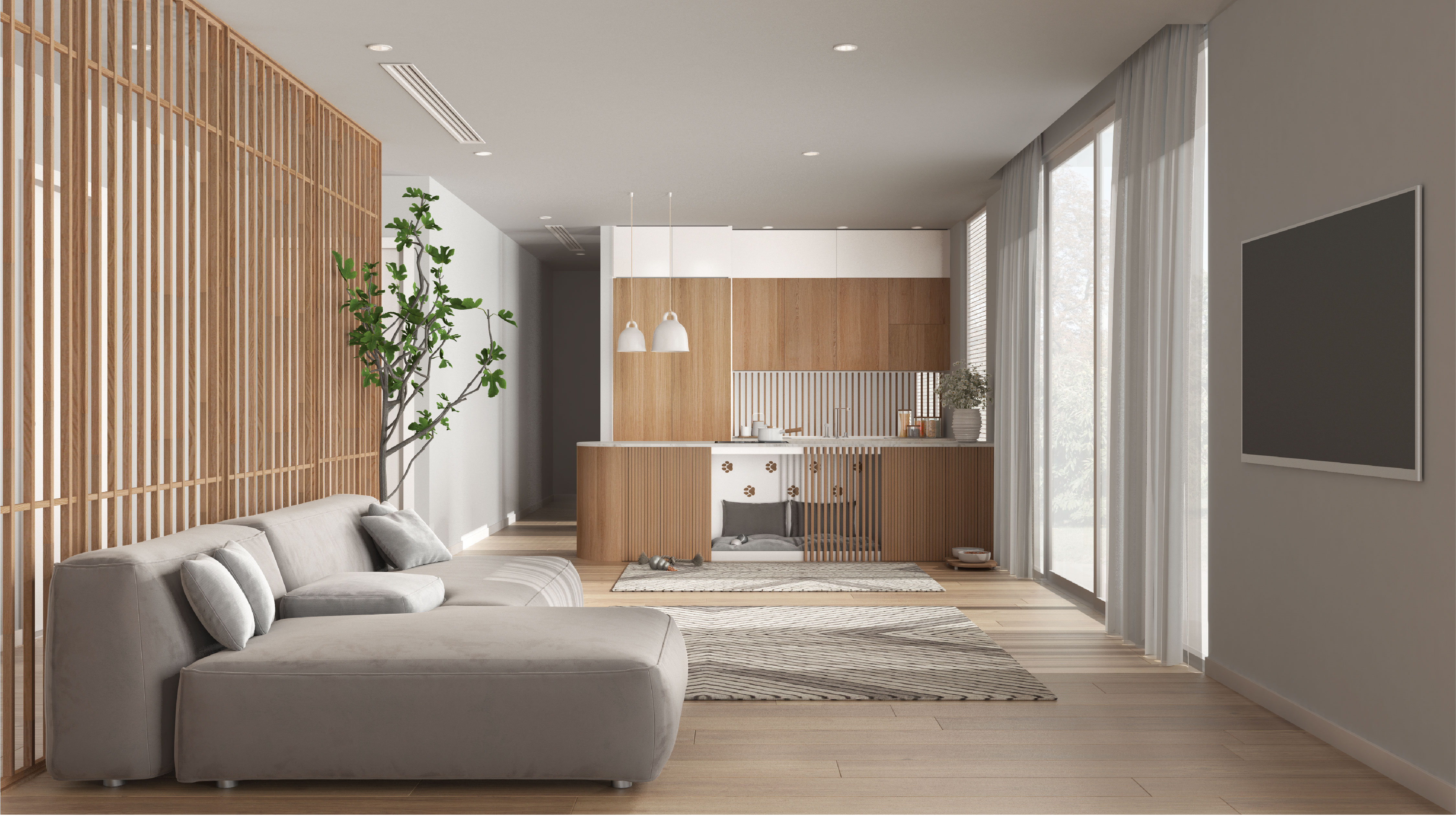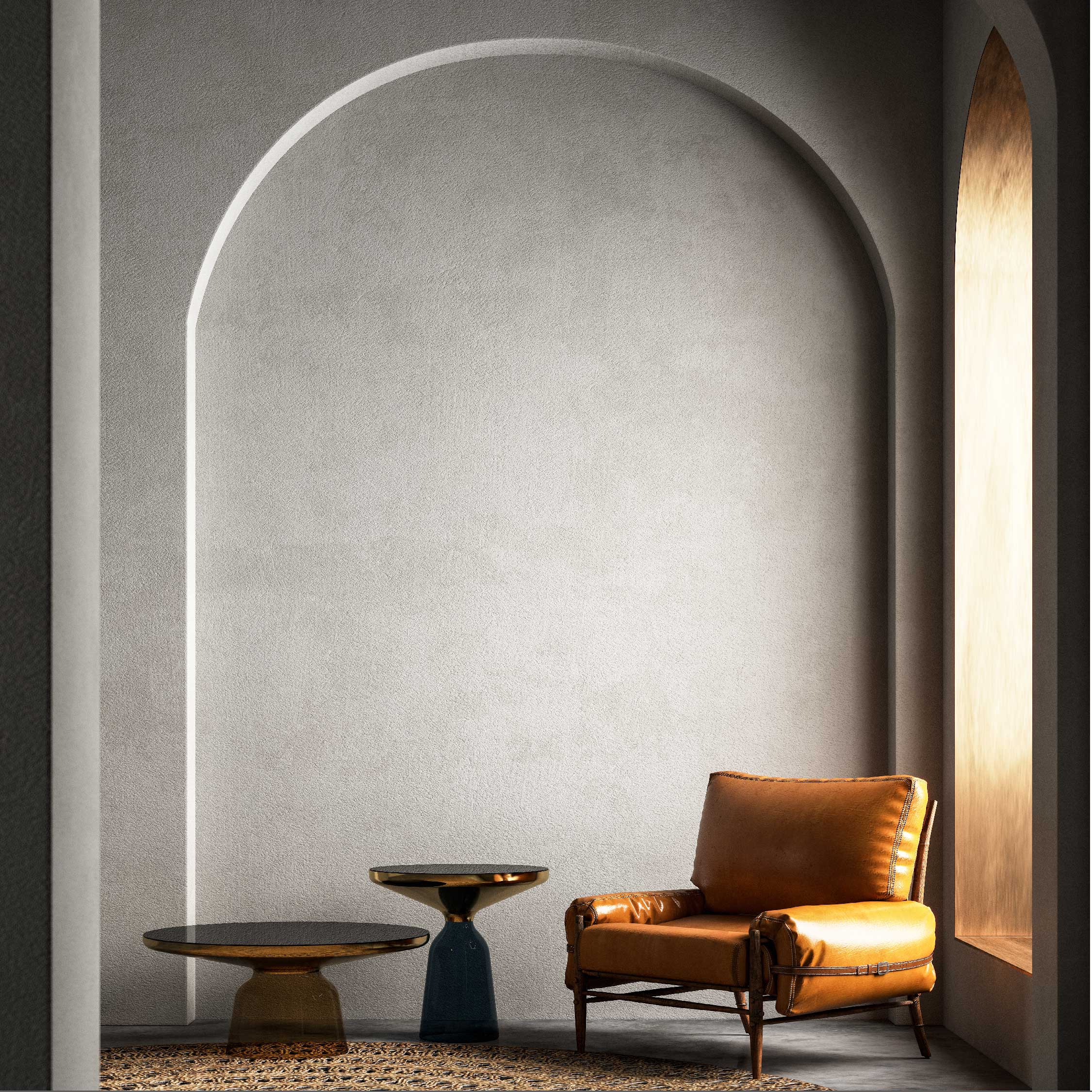Which home style are you vibing?
Scandi, Japanese or vintage boho – you can’t go wrong with these when deciding
on a décor theme for your home.
If you’re a first-time homebuyer, you’re probably excited about decorating your
home and putting your own unique spin on it. But with so many types of furniture, ornaments and accessories to choose from, it can be tough deciding on a style that looks good and is easy to achieve yet functional. These three interior design options check all those boxes, and more.
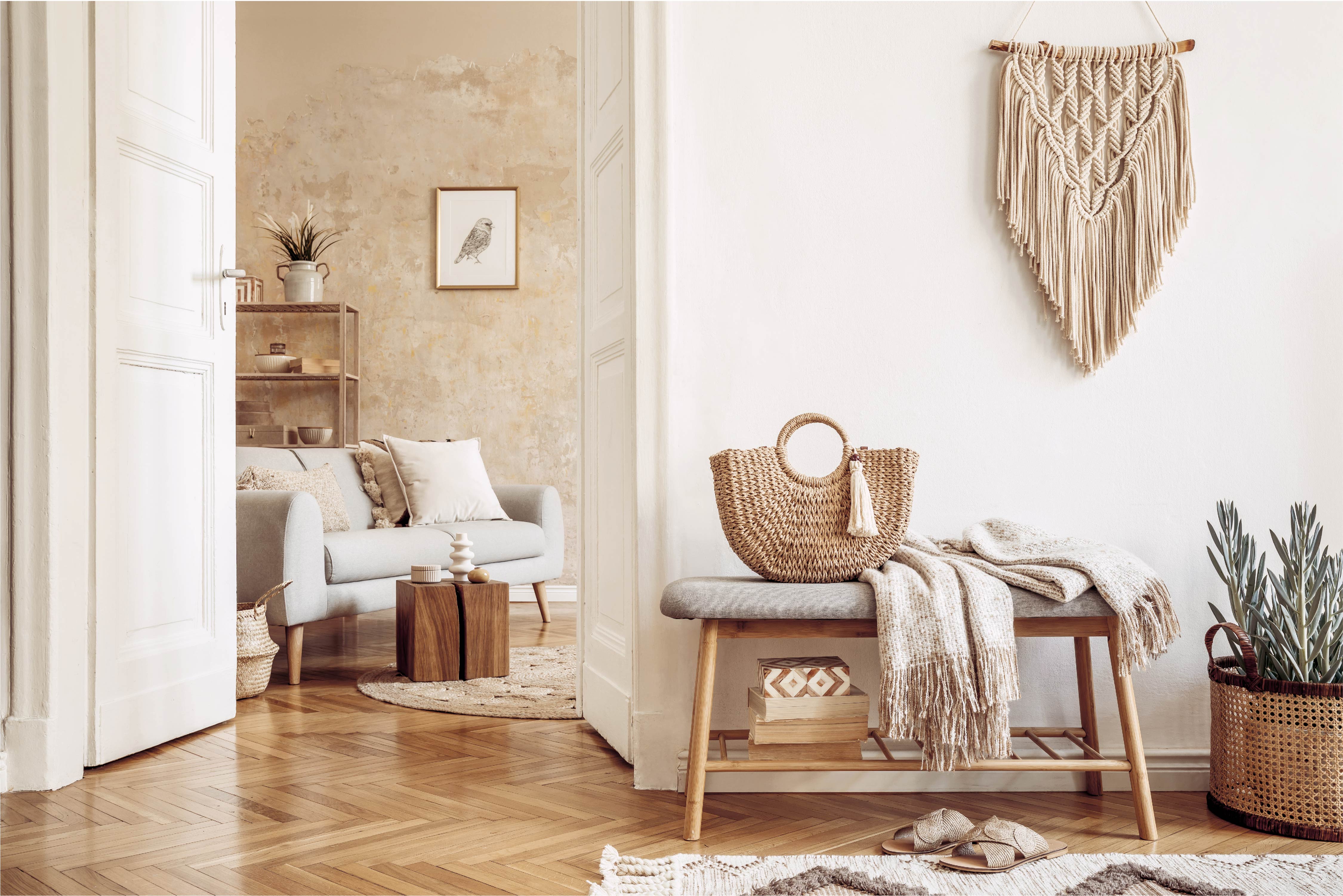

Vintage-Boho
This style is all about making the old, new again. Vintage elements include plush fabrics like velvet and corduroy, handwoven throws, antique lighting, one-of-a-kind heirlooms, and furniture and accessories that look a little worn but are still well-loved.
A vintage-inspired home needn’t look like something out of the past; bring yours up to
date by upcycling old items or modernising the space with a few key contemporary
pieces.
Get the look:
• Display modern art in vintage picture frames, which you can source online or at thrift stores. A vintage mirror looks equally stunning.
• Give your bedroom or living room an eclectic touch with one or two pieces of antique or mid-century modern furniture, like an armchair, love-seat or bench.
• Enhance your space with vintage-style fittings – think copper cabinet pulls and bronze door handles.
• Antique lighting is a great way to make your home look vintage-inspired. If a decorative iron chandelier is too much for you, go for a retro standing lamp or
pendant lights in burnished bronze or beaten metal.
• Create open shelves on which to display vintage knick-knacks, mementoes and collectibles, like a small antique clock or old black-and-white photos.
• For an organic vintage look, opt for neutral colourslike cream, moss green, clay and grey. Or, go loud and bright with colourful florals, pastels and jewelled
tones.
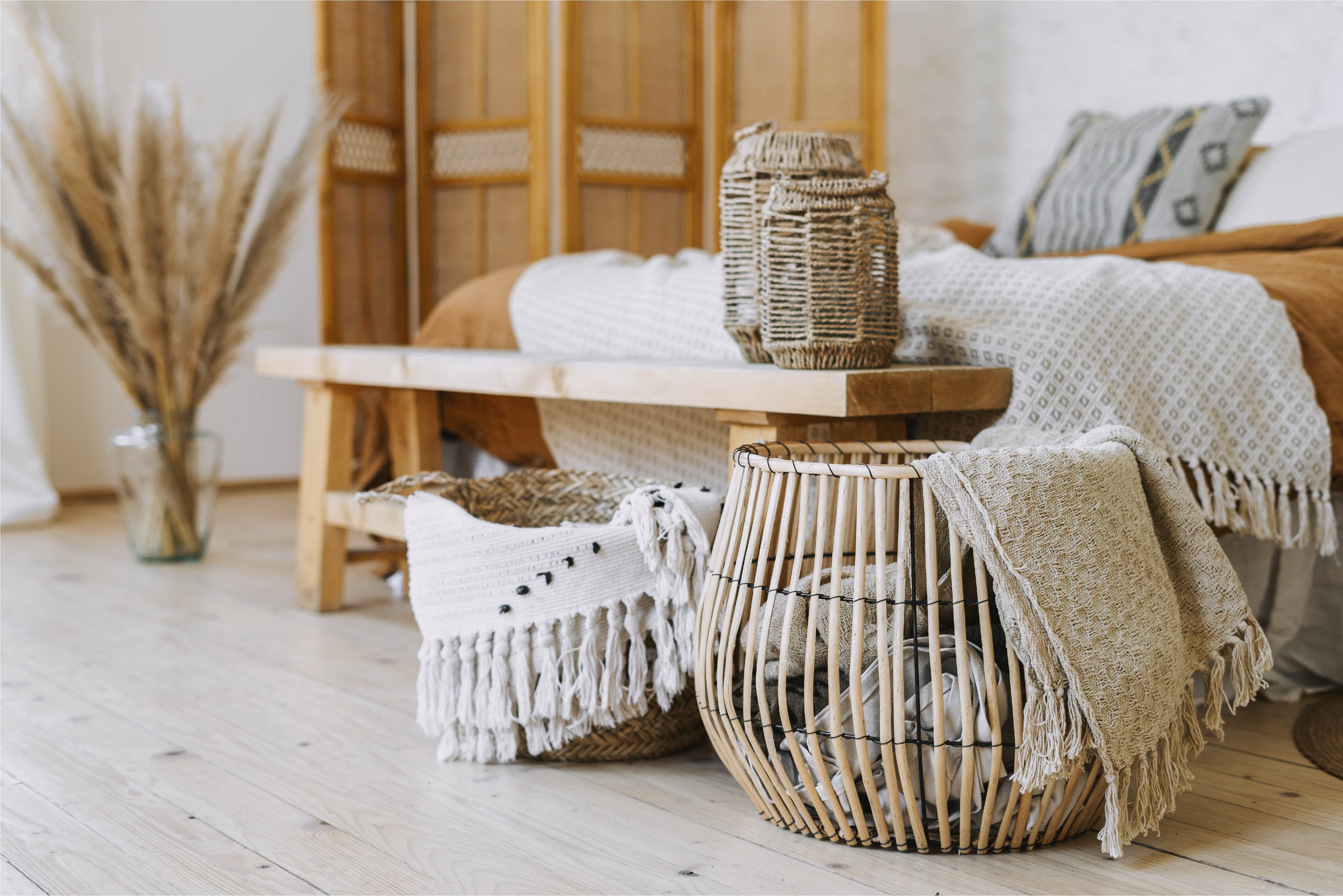

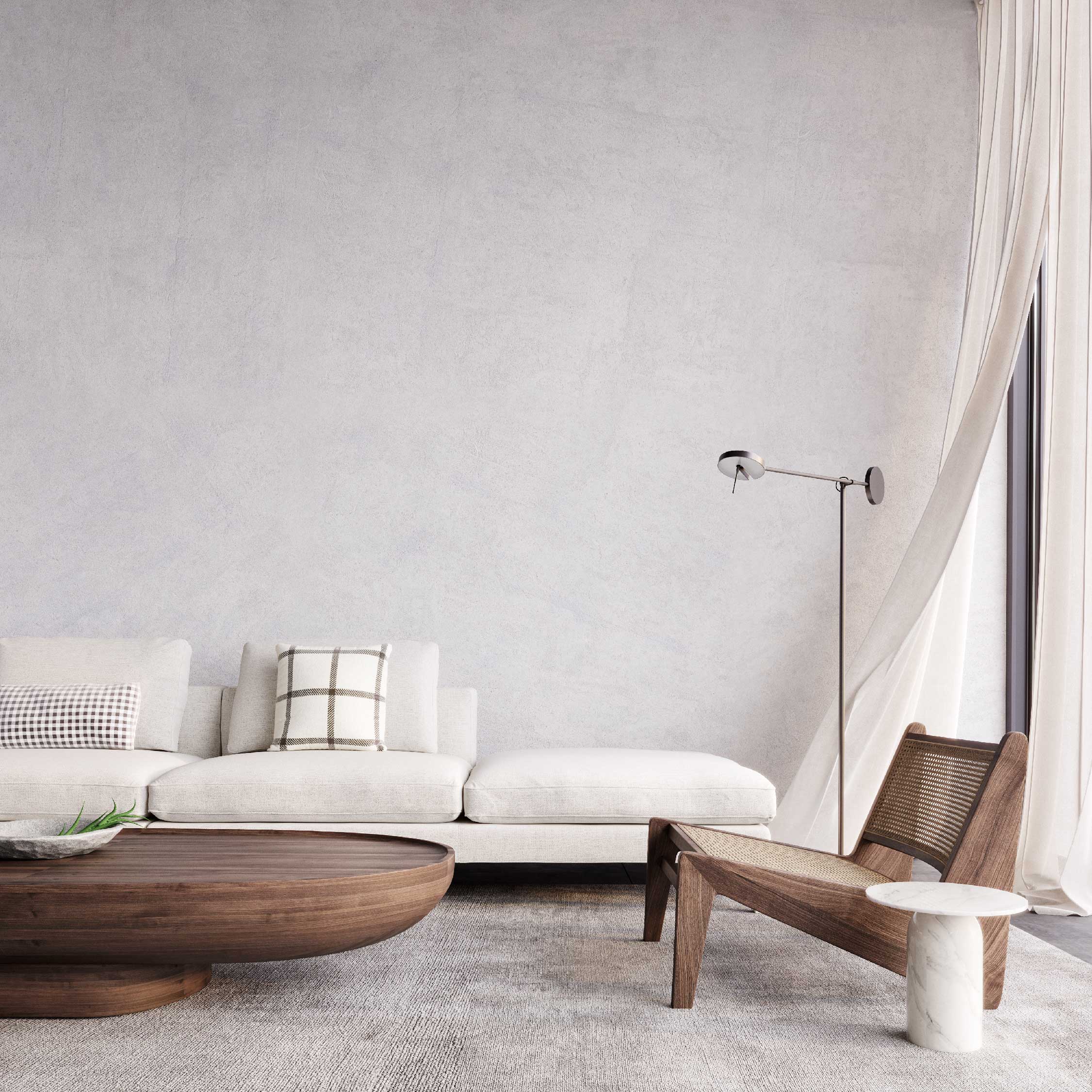

Scandi Style
This design movement emphasises simplicity, minimalism, functionality, openness and calm. It first gained popularity in the 1950s, particularly in the Scandinavian countries of Norway, Finland, Denmark, Sweden and Iceland but has found a renaissance among millennial and Gen-Z homeowners. Light and space are key when it comes to Scandi style. Rooms are clean, neat and organised, and there is no over-decorating. The final result is nothing short of beautiful and elegant, with just a few cosy and natural touches.
Get the look:
* Bring nature in by placing potted plants and fresh flowers throughout your home. For an artistic statement, try a sculptural flower arrangement.
* Open the windows to let natural light in and to keep the rooms bright and sunny. Use voile or sheer curtains rather than blackout ones, or avoid using curtains altogether.
*Layering adds cosiness and warmth. In your bedroom, use a combination of sheets, blankets and pillows, and in your living room, use throws, floor rugs and cushions. Try a mix of textures and fabrics, too, like leather, linen, wool and cotton.
* Don’t be afraid to play with colour. While Scandi style is associated with neutral
and earth tones, it’s perfectly fine to include pops of colour. Try an area rug in a rich hue like royal blue, a colourful wall hanging, or flowers in various bright shades.
*Untreated light wood like pine, beech and oak feature prominently in Scandi style homes. Light wood furniture, flooring and ornaments are all good investment options.
*Purchase furniture with smooth and rounded, rather than hard or sharp, edges.
Japanese Minimalism
Inspired by the aesthetic of Zen Buddhism (a dominant form of Buddhism in Japan), Japanese minimalism is best described as “pure”, “clean” and “uncluttered”. Instead of materialism, the style focuses on paring things down to just the essentials. Less is definitely more, so don’t feel like you need to fill every room in your house.
Get the look:
• Make an effort to declutter. Get rid of items you don’t need or want and store or hide away the rest, in chic storage boxes, cabinets and closets.
• Maintain serenity in your living and sleeping spaces. This means sticking to soft, neutral colours like white, cream, light grey, black and wood tones. These shades have a soothing effect while at the same time giving your rooms an open and airy feel.
• Include natural products such as a bonsai plant, a rock garden or even a tranquil bamboo water fountain. For wooden furnishings, raw wood works best for that organic touch.
• Being close to the ground and connected to the earth is central to Japanese minimalism, so remember to choose sofas, beds, coffee tables, and other pieces of furniture that are close to the floor.
• Use wood sliding screens where you can. These save space as
they move from side to side, compared to doors that swing back and forth. Choose screens made with translucent rice paper (as is done traditionally) to allow more natural light into your home.
• Add interest to your home with sculptural lighting, made from light wood and washi paper. Look for pieces inspired by the lantern-like Akari lamps by Japanese designer Isamu Noguchi.
